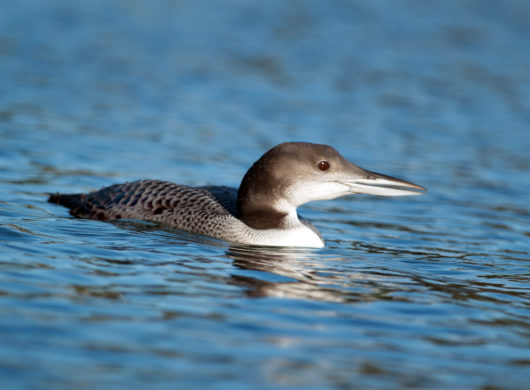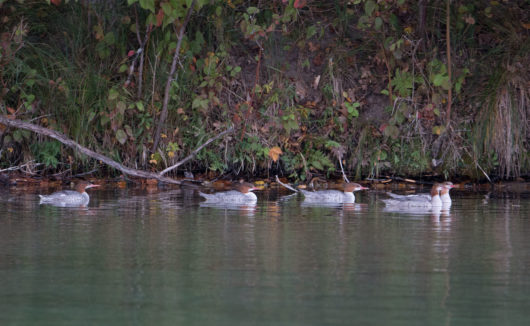Well. I’ll be. Here’s the news. This pretty cool nature photo wasn’t taken by Steve. I took this one. Through the great room window. With my iPad. (But Steve cropped it.)
This Pileated Woodpecker was chowing down at the paddle suet feeder for quite awhile. He was making a big mess, dropping the chunks of suet that the squirrels so appreciate. There is a red mustache on his face, so this really is a he. Pileateds at the feeder are skittery. You’d think they had eyes on the sides of their heads or something. Sometimes even if you get up from a chair 15 feet from the window they fly away. This one let me rise and approach the window with my iPad. But he flew away just as I snapped a few photos. I thought I’d missed him. I found I had this photo instead. It’s just after the pileated flew up from the feeder.
Such a magnificent bird.
It’s been a bit of a drought this winter in terms of nature posts. I’ve been knitting up a storm and my blog reflects that. But nature continues to capture our attention.
Sticking to the theme of bird feeder adventures, and of my own photography, check out this sorrowful fellow.
Close, but no cigar.
This raccoon’s saga continued for a bit. He was emerging in the daytime to poke around at the seed and suet droppings under the feeders. And he was emerging from under our main deck. That was somewhat concerning to us, so we decided to try to trap him and move him to another location.
We set out a humane trap. With a little lunch buffet laid out inside the trap. I put a paper bowl of crumbled up aromatic brie, a soft cow’s milk cheese. I really didn’t know if raccoons like brie but I don’t and we had some left over from the holidays. Brie in a paper bowl in the trap, with the door open. We put the trap out toward dusk and brought it inside the garage after a few hours. If we caught the critter, we didn’t want it to have to spend a scary night inside the trap. First evening. Nothing. Second evening. The aroma of the brie must have been too much to resist. I was in the great room when I thought I heard something. Sure enough. A raccoon. In the trap. Pawing away trying to get out.
Steve had his hatchback ready to transport. The plan was to drive several miles away and then release the raccoon. I didn’t go with Steve. I heard a raccoon cry once when I was young when dogs chased it up a small tree. It’s not a sound I wanted to hear again or inflict. Steve says the raccoon was quiet and calm. In fact, it polished off the rest of the brie during the ride.
Steve released it. And came home. We watched out for it in the days after, thinking the brie might have been so delicious that the raccoon would find the way back to our place.
There is a raccoon prowling about at night. But we don’t know it’s the brie-lover. And it isn’t living under our deck.
Here’s a view of the water flowing at the dam at the north end of Long Lake. Can spring really be just around the bend?
























